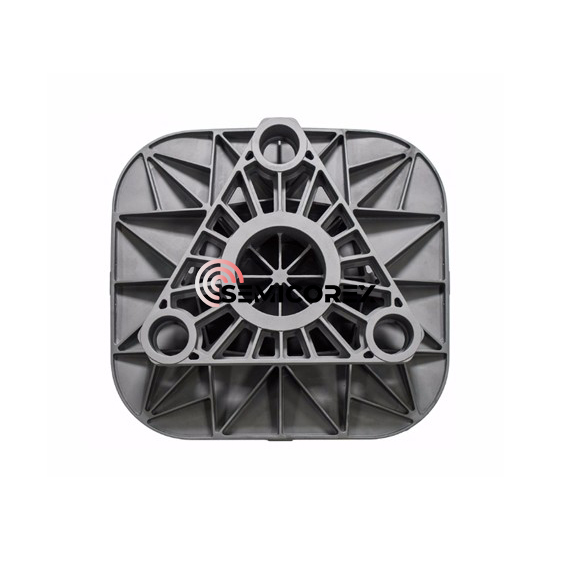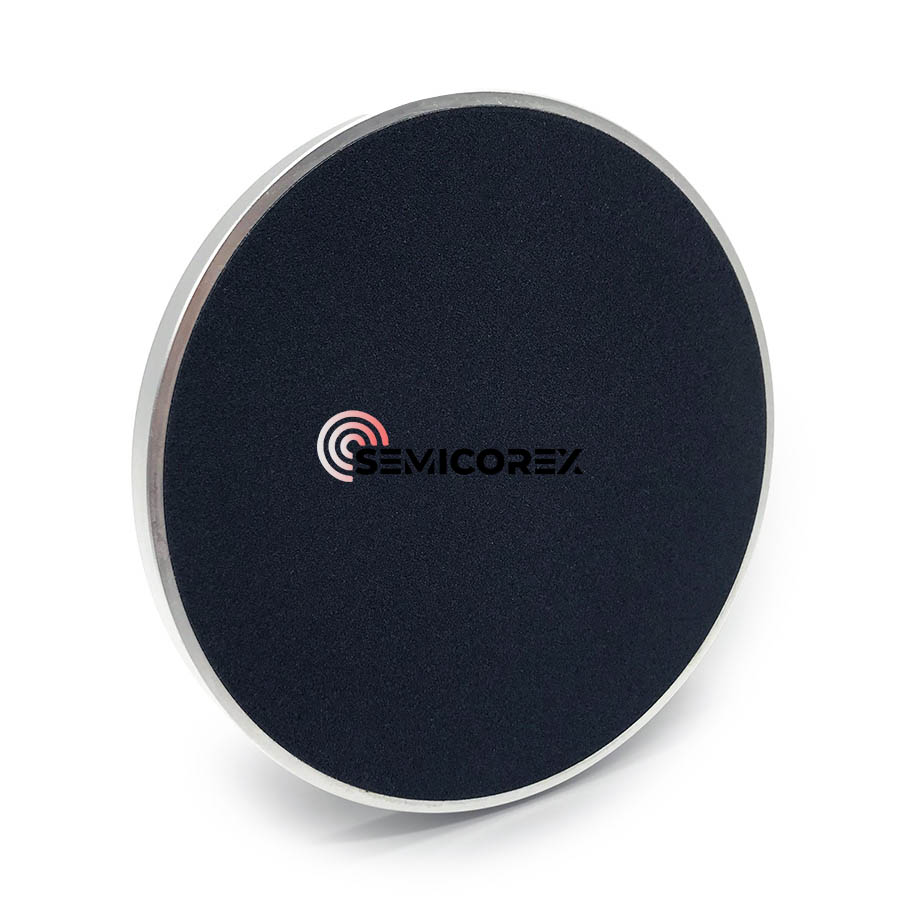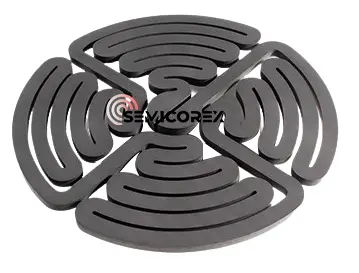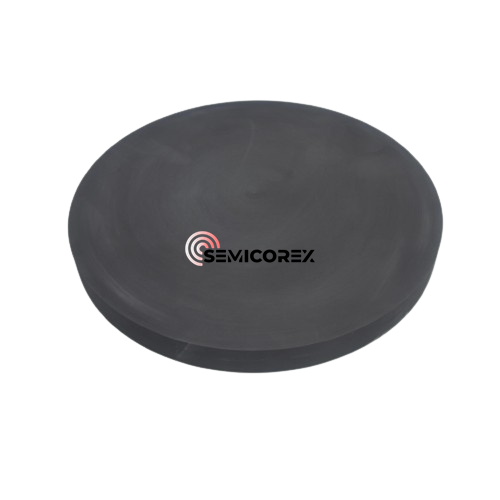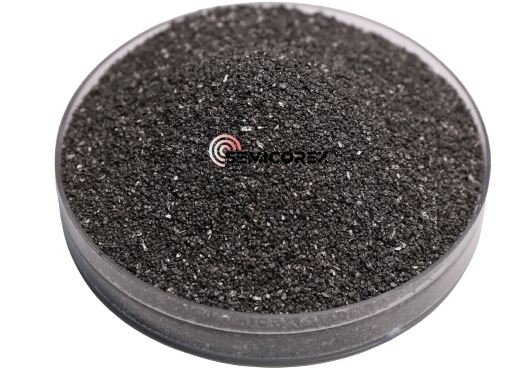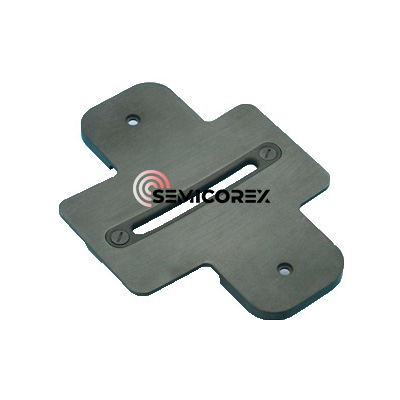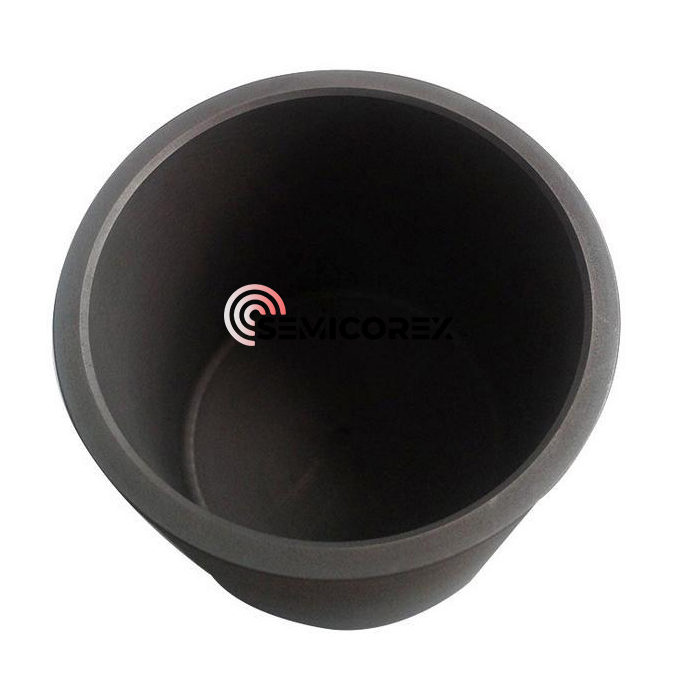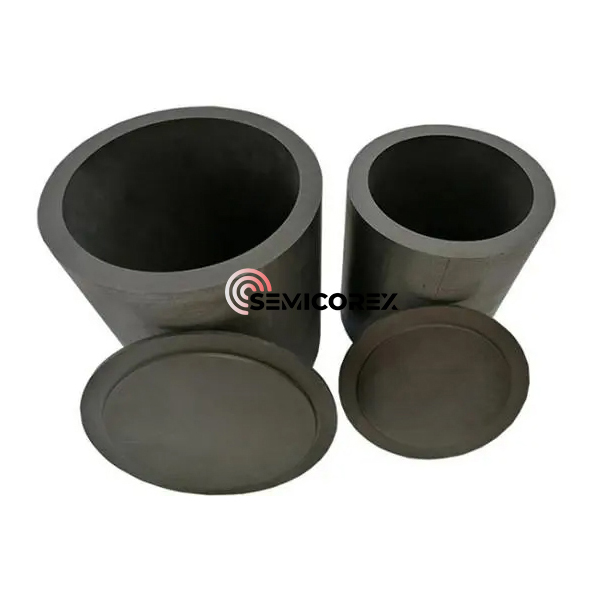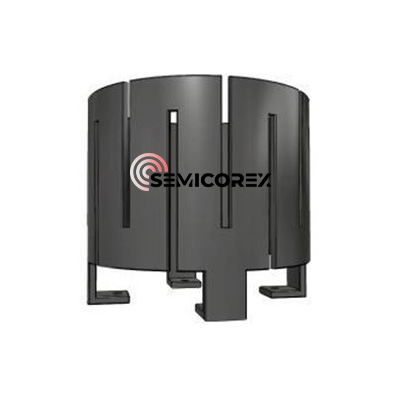
- English
- Español
- Português
- русский
- Français
- 日本語
- Deutsch
- tiếng Việt
- Italiano
- Nederlands
- ภาษาไทย
- Polski
- 한국어
- Svenska
- magyar
- Malay
- বাংলা ভাষার
- Dansk
- Suomi
- हिन्दी
- Pilipino
- Türkçe
- Gaeilge
- العربية
- Indonesia
- Norsk
- تمل
- český
- ελληνικά
- український
- Javanese
- فارسی
- தமிழ்
- తెలుగు
- नेपाली
- Burmese
- български
- ລາວ
- Latine
- Қазақша
- Euskal
- Azərbaycan
- Slovenský jazyk
- Македонски
- Lietuvos
- Eesti Keel
- Română
- Slovenski
- मराठी
- Srpski језик
Čína Izostatický grafit Výrobcovia, dodávatelia, továreň
Carbon/graphite material molding essentially involves increasing the density of the powder mixture and ensuring close contact between the aggregate and binder to produce a green body with a desired size, morphology, and minimal machining allowance. The four main molding methods are extrusion, compression molding, vibration molding, and isostatic pressing. Common carbon/graphite materials on the market (for example, charcoal used for household fires) are mostly formed using hot extrusion and compression molding (cold or hot). Isostatic pressing offers superior molding performance.
The principle of isostatic pressing is based on Pascal's law: pressure applied to a medium (liquid or gas) in a sealed container is uniformly distributed in all directions, with the pressure on the surface being proportional to the surface area. Isostatic pressing involves placing a sample, enclosed in a sealed container, within a high-pressure cylinder. Leveraging the incompressible nature of the liquid medium and its ability to uniformly transmit pressure, the sample is uniformly pressed from all directions. When the fluid is injected into the cylinder, the pressure is evenly transmitted in all directions according to the principles of fluid mechanics. The sample in the cylinder is then subjected to uniform pressure in all directions.
Due to the isostatic pressing method, isostatically pressed graphite exhibits excellent isotropy, with properties independent of shape, size, or sampling direction. The material possesses a dense microstructure, high mechanical strength, high surface hardness, and oxidation resistance. Strong performance and high-temperature resistance; the material has excellent thermal shock resistance and is less susceptible to cracking under rapid cooling and heating conditions.
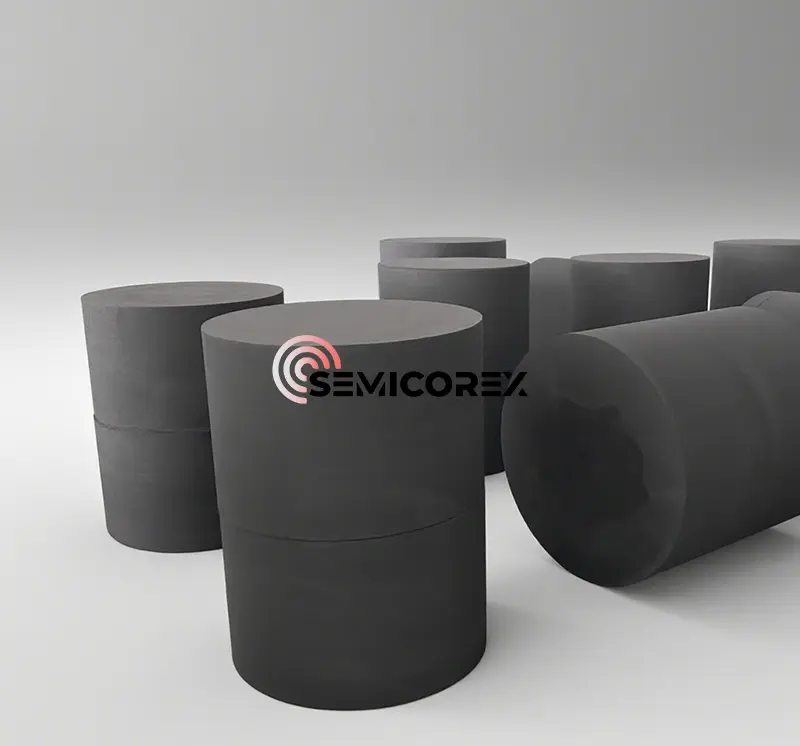
1. Isotropy
Different molding methods result in different properties in different directions. This is primarily reflected in resistivity, thermal conductivity, mechanical properties, and thermal expansion coefficient. The general measurement method is to sample the product perpendicular to and horizontally from the pressure surface, measure the properties separately, and then divide the smallest value by the largest value to obtain the isotropy ratio.
Traditional carbon/graphite products exhibit significant anisotropy, i.e., the properties of the product are different in the directions perpendicular to and horizontal to the pressure surface. The corresponding difference in performance is generally greater than 1:1.1, hence the term anisotropy. In many cases, this difference is fully exploited, and the greater the difference, the better. Examples include graphite electrodes for steelmaking and brushes for motors. Many applications, such as EDM and single-crystal silicon thermal field applications, increasingly require carbon/graphite products to exhibit isotropy (with an orientation ratio within the 1:1.05 range).
2. Large Dimensions
The market is increasingly demanding larger product sizes. For example, single-crystal silicon products have grown from 6- and 8-inch sizes to 12-inch sizes. The size of graphite materials used in thermal fields is also increasing. This is also increasing. Similar trends are seen in other related industries. Graphite for EDM, continuous casting, and nuclear reactors also requires large-scale products. This is difficult to achieve using molding and extrusion methods. The primary problem with large-scale product production is calcination cracking, and the larger the product, the higher the chance of calcination cracking.
3. Fine Structure
As a structural material, it requires high physical and chemical properties. On the one hand, the finer the particle size of the carbon particles that make up the carbon/graphite material, the denser its texture and the higher its mechanical strength.
Isostatically pressed graphite is widely used in semiconductor manufacturing processes. It is used in graphite components for the hot zone of single crystal growth furnaces, such as crucibles, heaters, flow guides, and insulation covers; and in graphite components used in epitaxial processes.
- View as
Grafitové diely
Izostatické grafitové diely Semicorex sa používajú hlavne pre grafitové tégliky v procese rastu kryštálov, trojlístkový kruhový grafit s vysokou čistotou a aplikácie poťahovania TaC. Semicorex sa zaviazal poskytovať kvalitné produkty za konkurencieschopné ceny, tešíme sa, že sa staneme vaším dlhodobým partnerom v Číne*.
Čítaj viacOdoslať dopytVysoko čistý uhlíkový prášok
Semicorex High-purity Carbon Powder slúži ako rozhodujúci prekurzor pri syntéze vysoko čistého prášku karbidu kremíka (SiC) a iných karbidových materiálov v pevnom stave. Zabezpečuje čistotu a kvalitu potrebnú pre pokročilé aplikácie v polovodičovom, elektronickom a keramickom priemysle. My v Semicorex sa venujeme výrobe a dodávaniu vysoko výkonného vysokočistého uhlíkového prášku, ktorý spája kvalitu s cenovou efektívnosťou.**
Čítaj viacOdoslať dopytČasti iónovej implantácie
Iónové implantačné diely Semicorex vyrobené z vysoko čistých grafitových komponentov sú navrhnuté tak, aby spĺňali prísne požiadavky na výrobu polovodičov, špeciálne na použitie v zariadeniach na implantáciu iónov. Tieto komponenty sa môžu pochváliť niekoľkými kritickými výhodami, vďaka ktorým sú ideálne pre vysokovýkonné aplikácie. My v Semicorex sa venujeme výrobe a dodávaniu vysokovýkonných iónových implantačných dielov že kvalita poistky s nákladovou efektívnosťou.
Čítaj viacOdoslať dopytTégliky pre rast kryštálov
Semicorex tégliky pre rast kryštálov sú nevyhnutné na dosiahnutie riadeného rastu monokryštálov, ktorý je základom pre výrobu polovodičových zariadení. Tieto tégliky sú precízne navrhnuté tak, aby spĺňali prísne štandardy v polovodičovom sektore a zaisťovali špičkový výkon a efektivitu vo všetkých aplikáciách. My v Semicorex sa venujeme výrobe a dodávaniu vysokovýkonných téglikov pre rast kryštálov, ktoré spájajú kvalitu s nákladovou efektívnosťou.
Čítaj viacOdoslať dopytIzostatické grafitové tégliky na tavenie
Izostatické grafitové tégliky Semicorex na tavenie sa vyrábajú pomocou techník izostatického lisovania, ktoré zvyšujú hustotu materiálu a mechanické vlastnosti. Výsledkom je nádoba, ktorá nielenže odoláva extrémnym teplotám a korozívnemu prostrediu typickému pre spracovanie polovodičov, ale ponúka aj dlhodobú životnosť. Robustnosť téglikov zaisťuje, že dokážu zvládnuť opakované tepelné cykly bez degradácie, čím poskytujú konzistentný výkon počas dlhších prevádzkových období. My v Semicorex sa venujeme výrobe a dodávke vysokovýkonných izostatických grafitových téglikov na tavenie, ktoré spájajú kvalitu s nákladovou efektívnosťou.
Čítaj viacOdoslať dopytOhrievač rastu zafírových kryštálov
Vylepšite svoju kapacitu pre precízny tepelný manažment pomocou ohrievača Semicorex Sapphire Crystal Growth. Tento ohrievač, starostlivo navrhnutý pre optimálny výkon, sa môže pochváliť integráciou SiC vrstvy, ktorá upevňuje jeho úlohu vynikajúceho prvku pri operáciách rastu kryštálov, podporuje vysokú účinnosť a spoľahlivosť. My v Semicorex sa venujeme výrobe a dodávaniu vysokovýkonného ohrievača zafírového kryštálu. že kvalita poistky s nákladovou efektívnosťou.
Čítaj viacOdoslať dopyt
